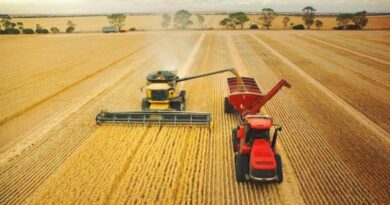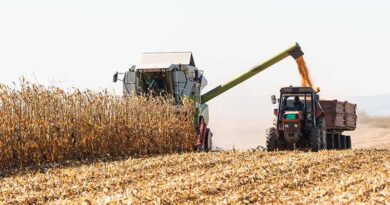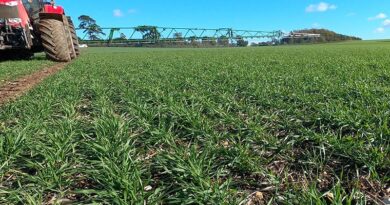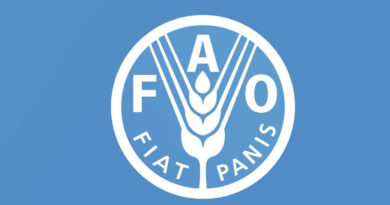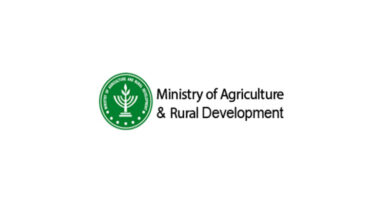China: All-out efforts under way on summer grain production
23 March 2022, China: China has released 1 million metric tons of national potash fertilizer reserves to meet production needs during this year’s spring farming period, according to the country’s top economic planner.
The move is part of China’s efforts to secure a summer grain harvest in the face of challenges and difficulties in the sector due to autumn floods during the sowing period last year.
China aims to ensure that the grain output for 2022 stays above 650 billion kg, according to this year’s Government Work Report.
Due to rare autumn floods last year, farmers had postponed the sowing of 7.33 million hectares of wheat, accounting for one-third of the country’s wheat plantation area, in the provinces of Hebei, Shanxi, Shandong, Henan and Shaanxi.
To cope with the situation and ensure grain output, the country increased its financial aid to the sector.
Last year, the central government allocated 1.4 billion yuan (about $219.9 million) of one-time disaster relief funds in the five provinces for grain harvesting and planting, while a total of 1.6 billion yuan of subsidies were issued earlier this month for wheat production.
To protect grain planters from rising prices of farming supplies, China has also provided 20 billion yuan from the central government budget to grain producers, including individual farmers, family farms, farmers’ cooperatives, agricultural enterprises and related entities.
In the meantime, the Ministry of Agriculture and Rural Affairs deployed 11 working groups to provinces producing winter wheat to offer technical support.
Modern machinery will play an important role in spring farming this year. More than 22 million tractors, sowing machines, rice transplanters, and other items of farm equipment are expected to be used to improve agricultural productivity.
The ministry has also provided farmers with training on farming skills, and produced over 3 million brochures, along with 2,952 online training courses.
Through a variety of efforts, the proportion of winter wheat seedlings in China that meet the required standard has reached 80.8 percent, 10.3 percentage points higher than before the winter.
However, Pan Wenbo, an official with the ministry, said that the wheat crop still faces challenges, including drops in temperature, snowfall, drought, pests and crop diseases.
The ministry has made plans to cope with possible bad weather and called upon localities to make proper preparations.
“We will never let up until we see a bumper summer grain harvest,” said Pan.


